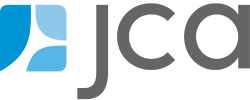Success Story | How Stratford Festival’s Pay-What-You-Wish Program Communicates Value While Increasing Access
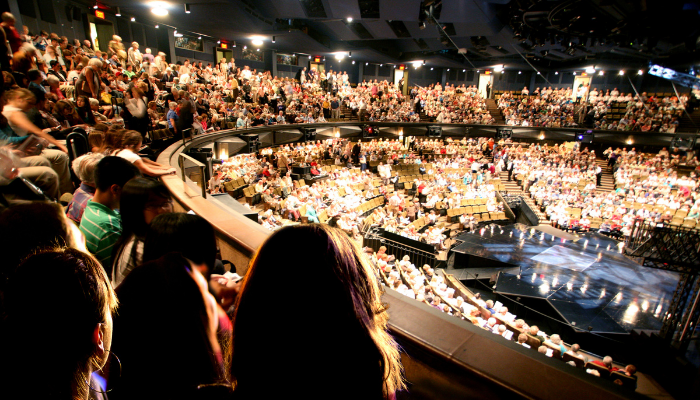
Jennifer Nemeth
Manager, Professional Services
More organizations than ever are adopting Radical Pricing as part of their pricing and access strategies, and we love seeing those strategies in action. We’re honored to get to work with the Stratford Festival on their new Radical Pricing initiative this season. This year for the first time, Stratford Festival has implemented Pay-What-You-Wish (PWYW) performances. They’ve chosen several performances from each run in their season and made every seat in those performances PWYW. For those designated performances, buyers can choose any amount they’d like to pay for a ticket by typing a custom amount into the website.
To help buyers understand the value of the ticket they are purchasing, the website displays suggested prices that align with the typical price zone for the seat. So, if a buyer chooses a top-tier seat, they are given a higher suggested price than someone who chooses a lower tier seat.
Stratford’s season is currently ongoing, and most of the PWYW performances are still in the future. Even so, the Stratford Team has already found some fascinating results!
The Power of Suggestion
As described above, the website provides different anchor prices depending on the seats selected by the buyer, and the results clearly reflect the difference! The traditionally highest price tier of seats has brought in an average yield that is 43% higher than the next best seating tier, which in turn is 51% higher than the yield in the next best tier. The table below indicates the average yield increase in each tier compared to the one directly below it.
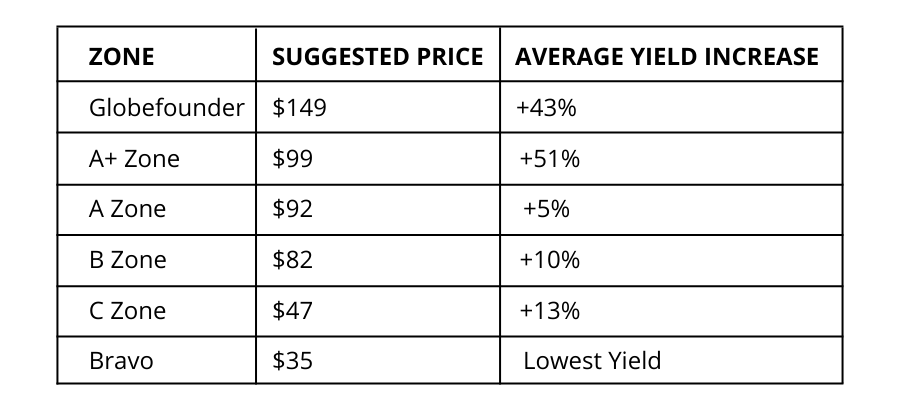
Clearly, the anchor prices provided by Stratford staff via the website and box office help to communicate the quality of the seat, and have significantly impacted the amount buyers have chosen to pay.
The Appeal of Round Numbers
Stratford allows their buyers to type in any price—truly paying what they wish. Another method of executing PWYW pricing would be to provide fixed options for buyers to chose from. When offering fixed options, we recommend keeping the concept of Range and Relationship in mind—keeping prices at the bottom end of the scale closer together (for example, offering both a $10 option and a $15 option) but having larger jumps at the top end (options might jump from $50 to $70 and then to $100).
While Stratford doesn’t have fixed options—their results reflect why we make this recommendation. Below we’ve charted out the top ten most popular prices paid by Stratford’s PWYW ticket buyers. $10 was the minimum price, which was also the most popular. 41% of PWYW tickets sold for $10. After that, the next most popular amounts picked were $20, followed by $50.
The most popular prices go up in $5 increments at first, then jump to a $10 increment between $40 and $50, and $25 increments between $50, $75, and $100. This is typical human behavior, and is exactly why we recommend keeping your price offerings closer together at the low end and farther apart at the high end.
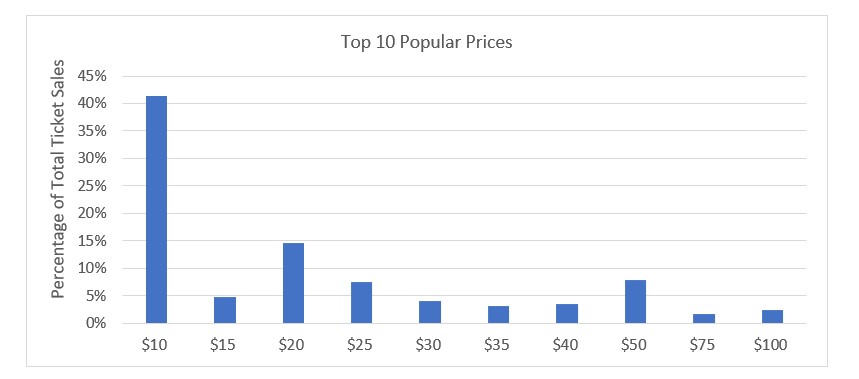
*For the purposes of this chart, we combined those who paid $99 and $100.
The Importance of Higher-Priced Options
For our clients, the primary goal of PWYW performances is typically to increase accessibility. Allowing your buyers to choose the price they’d like to pay helps eliminate the cost barrier and is intended to make it easier for anyone and everyone to attend a performance. For that reason, we sometimes hear of organizations being hesitant to suggest high prices as an option, concerned that it will diminish the message of access.
However, a parallel goal of PWYW performances should also be to allow buyers to pay whatever they feel a ticket is worth. When you have audience members who place a high value on a ticket, you want to allow them to pay a price that aligns with their perceived value. There may be instances where someone is more than willing (and able) to pay full price, but the Pay What You Will performance is the date that works best for them—so we want them to pay a price similar to what they would for another performance. There are also philanthropic patrons who are happy to pay more to support a PWYW program.
Offering high price options can also help to offset the revenue loss to the organization from those who pay the minimum price. The chart below shows the total revenue from those same top ten most popular price choices. $10 tickets brought in the most revenue, but $50 tickets are not far behind. And tickets purchased for $100, though less than 2% of tickets, brought in 9% of the total revenue for these performances.
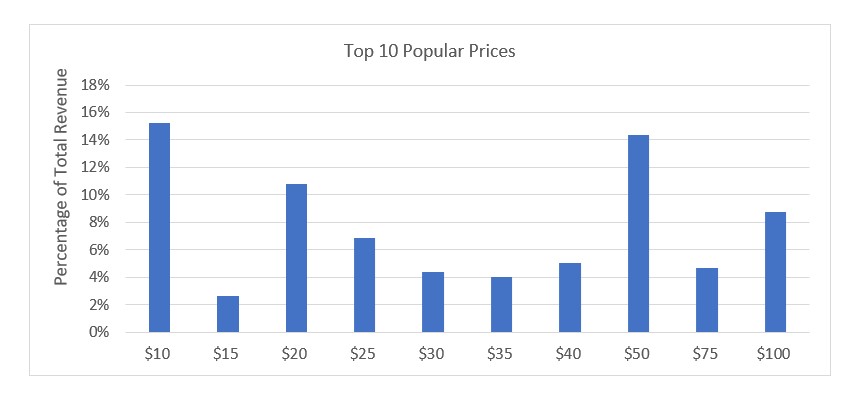
The Whole Story
Stratford Festival is still in the midst of their season and won’t know the full results of their newly minted PWYW program until the season is complete. However, these early results offer an exciting look into how a large-scale program can be effective in offering tickets at accessible prices.
If you’re interested in implementing a Radical Pricing program at your organization, or if you want to measure the success of programs already in place, let’s talk!
